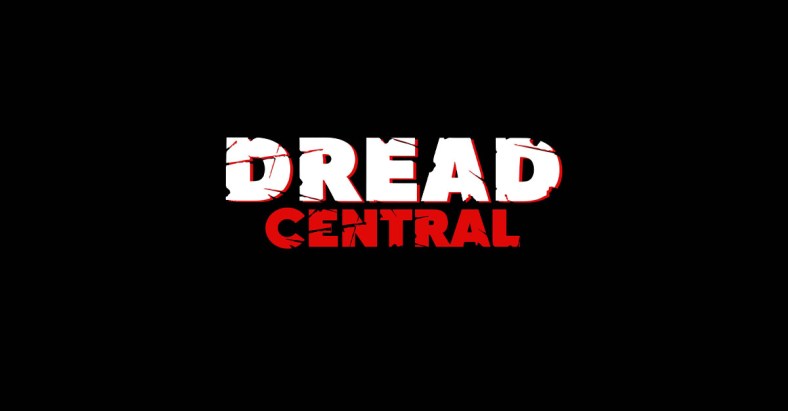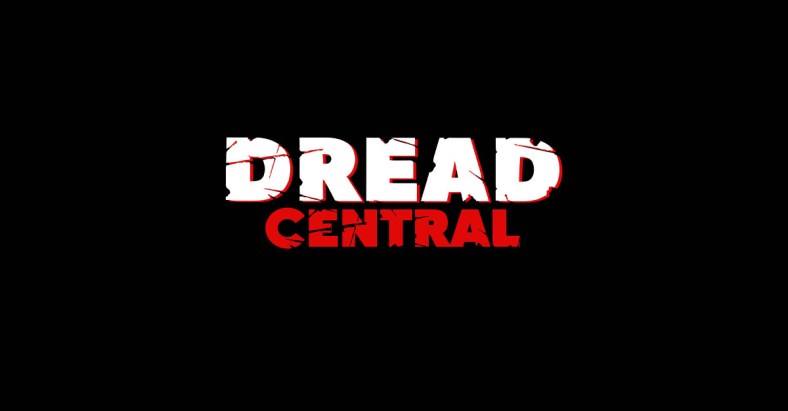Repression Runs in the Family: The Early Films of Wes Craven

Before we get into the meat of this article (so to speak), it has to be said that it’s not 100% confirmed that Wes Craven is Abe Snake, the pseudonymous director of the 1975 porno film Angela, the Fireworks Woman. But he’s listed on IMDB as both the film’s writer and director, and Brenan Klein made a great case for Craven’s authorship over at Blumhouse.com: “Immediately,” he writes, “one of [Craven’s] his most common themes rises to the fore: the dark side of the American family unit.” The closest he came to admitting it, which is good enough for me, was in 2014 in an interview with Simon Abrams of the Village Voice, when he said with a kind of wink, “I might have directed [a porn film]. But apart from that one, I didn’t make any others.” So for the purposes of this article, we’re just going to assume that The Fireworks Woman is one of Craven’s films.
As others have pointed out, Craven’s upbringing has a lot to do with the themes that would later emerge in his cinematic work. His father died when Craven was three, but the man’s extreme anger left a deep impression on his son. And his mother, a strict Baptist, kept him under her thumb, reminding him that hell was waiting for him if he indulged in any of his baser instincts. So Craven saw firsthand the consequences of both expressing and repressing one’s animalistic instincts, and the damage that each extreme could cause. As a result, the characters in his first three movies fluctuate between these extremes.
The Last House on the Left (1972), an idea Craven admitted to lifting from Bergman’s Virgin Spring, begins and ends with characters who experience both extremes. The movie opens as Dr. John Collingwood (Richard Towers) discusses a local murder spree that he’s reading about in the newspaper and then asks his wife Estelle (Cynthia Carr), what’s for dinner. Here we have the suburban disconnect that Craven will explore off and on for the rest of his career. Suburbia is a place where violence is supposed to happen “out there” somewhere in the uncivilized wider world. Murder, the Collingwoods feel, will never come to their house, and they will never have a reason to commit murder themselves. Of course not. Right. Well, okay, but that all changes when the Collingwoods’ daughter Mari (Sandra Peabody) and her friend Phyllis (Lucy Grantham) go to a rock-n-roll concert and are abducted by the very gang that the good doctor had been reading about in the paper earlier. (There are a lot of weird, sometimes silly coincidences in this movie. A lot of Wes Craven’s charm comes from his being something of a brilliant hack.)

The group, consisting of three men and one woman take the girls to the woods (which, in another bizarre coincidence, happens to be near the Collingwoods’ quiet suburban house) where they’re tortured, raped, murdered, and their bodies abandoned. In another just-barely believable coincidence, the group is offered shelter for the night in the Collingwoods’ home. You might suspect where this is going. The Collingwoods, naturally, find out the identities of the people staying with them and when they discover their daughter’s corpse in the woods outside their house, they shed every hint of their middle class civility, something that once had seemed to shelter them from the outside world’s savagery, and become feral. A penis is bitten off, a throat is cut, a guy is goaded into shooting himself to death, and the good doctor hacks a man to death with a chainsaw. Well, now, that’s how you end a movie, eh?
Admittedly, the transition from repressed middle-class gentility to violent killers seems, well, the word abrupt puts it mildly, but Craven’s point is made. Though the Collingwoods’ phones aren’t working, the audience knows that the local police are on their way. But one gets the feeling that the police were far from the Collingwoods’ minds anyway. Their violence was the result of an overpowering impulse beyond their control. The movie suggests that if this kind of violence is latent in such genteel, civilized creatures such as the Collingwoods, it damn sure means that the rest of us are capable of going to such extremes. A scary thought, indeed. Or maybe not, depending on how you view violence as a solution to injustice, how much you really believe in an eye for an eye.

Angela, the Fireworks Woman (1975) deals with the same basic theme, but in a wholly different way. Well, as you might expect. Since this is porn. Hardcore porn. Naturally, the movie is mostly about sexual repression, though there is some violence, because this is Wes Craven we’re talking about.
We begin at a kind of Bacchanalian party with plenty of naked men and women frolicking bare-assed in the open air with Craven (yeah, he cast himself in his own porn movie) encouraging it all. He’s the devil, more or less, a strange supernatural presence that appears every now and then.
The main characters are Angela (Jennifer Jordan) and Peter (Eric Edwards). They’re siblings, but they’re also lovers. Very close family, I suppose. They have all sorts of sex with each other until Peter decides that what they’re doing is wrong (I mean, yeah…) and so he decides the only solution is to join the priesthood. (Okay, kind of extreme, but why not…) I guess if there’s no other way to avoid having sex with your sister, then the priesthood it is. So there you have your big, bold, repression dynamic.
For her part, Angela is perfectly fine with shedding social mores, seeing through the sometimes arbitrary nature of learned morality. She figures she likes having sex with her brother. What’s the big deal? So Angela spends the rest of the hour-long film moving from one sexual adventure to another while trying the entire time to get her brother to stop being such a fuddy-duddy and leave the priesthood so that he can have, like, all the sex with her. Along the way, she takes up with a BDSM couple, a swinger couple who enjoy fucking while they’re zonked out of their minds on acid, and gets raped.
The rape scene is so uncomfortable and weird that it pretty much gives away Craven’s authorship. A guy wants to rape Angela, but he gets hit over the head with a fish by another guy who takes Angela away and rapes her himself. This is a very dark scene, especially when you consider that it’s in a movie designed to arouse male viewers. Full penetration, a money shot, weird porno music. It’s as if Craven is daring his audience to like what they’re seeing. No doubt too many men did in fact like that scene.
This is all weird as shit, but it zeros in on the main point of the thing. Besides Peter, almost everyone else in the movie does what they want, indulging in their more base impulses no matter the damage that it causes. Though to be fair, only the rapist really hurts anyone in this film.
And in an ironic twist on the Hollywood happy ending, Peter eventually learns to embrace his true nature and he and his sister end up sailing off together, finally the happy couple they were meant to be. Yeah, even for a 70’s porn, Angela is weird.

So, then, onto The Hills Have Eyes (1977), Craven’s final movie of the 70’s. Here we have a (slightly) more nuanced view of repression and the consequences of giving into one’s instincts. I think it’s important to remember that while the family that gets attacked by the cannibal family are most certainly victims, they’re also intruders, invaders even. They’re warned away from the savagery that awaits them but go anyway, bringing a garish camping trailer, a tiny version of a suburban home on wheels. If getting stuck in the desert with a camper isn’t a metaphor for the attempt to tame savagery with civilization, then I don’t know what is.
As with Last House, Craven shows just how thin the veneer that separates so-called civilization from complete savagery is, and how little it takes to push ourselves to nearly unlimited acts of violence. It takes a lot for Bobby Carter (Robert Houston), his sister Brenda (Suze Lanier-Bramlett), and their brother-in-law Doug (Martin Speer) to resort to violence, but when they do, it comes out full bore.
Both Last House and Hills make the argument that sometimes, in order to save oneself or to make sure justice is served, violence is necessary. Craven is clearly not saying that violence makes people “no better” than the murderers and rapists they’re killing. Indeed, during the Hills director’s commentary, Craven constantly refers to the cannibal family as the “bad guys.” Likewise, Angela’s sexual liberation is in no way comparable to the man who mindlessly follows through in his desire to rape her. In this way, Craven does make the argument that liberation can be a positive thing if it has the effect of self-satisfaction without harming others or if it’s used in pursuit of justice.
The darker part of this point of view is its arbitrary nature. Whatever we think about people who break taboos or engage in vigilante violence, Craven argues that none of us are above such behavior, and everyone is capable of it. Violence is inevitable and repressed instincts will eventually manifest themselves with the proper stimulus. The best we can hope for is relatively positive results.
Categorized:News Retrospectives

